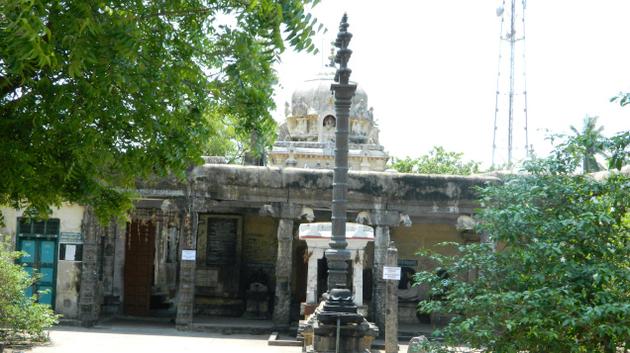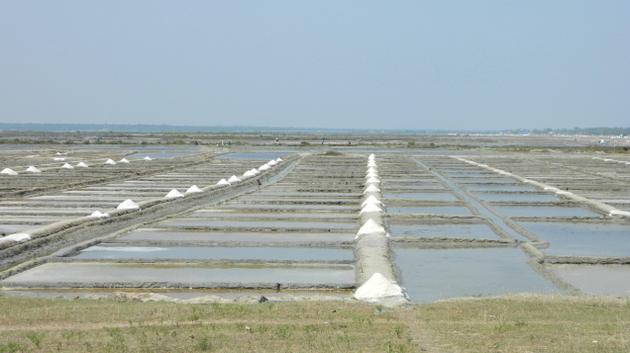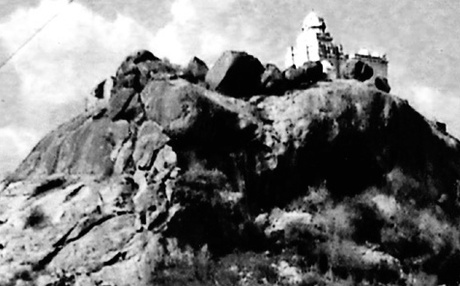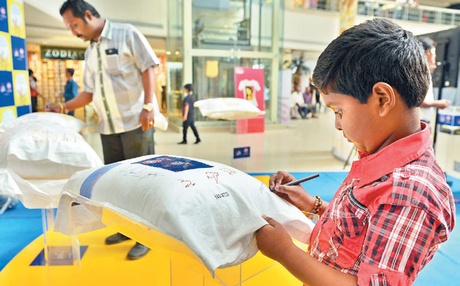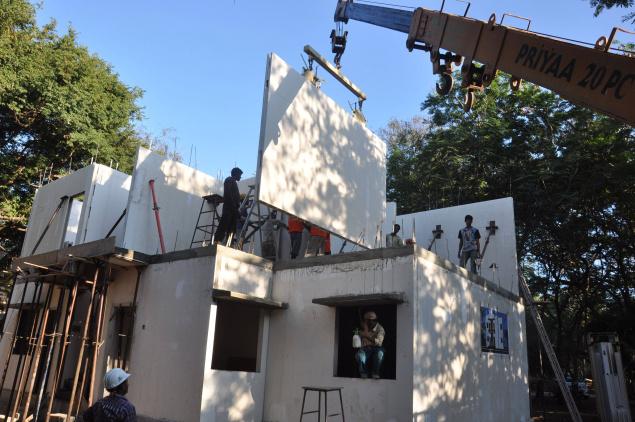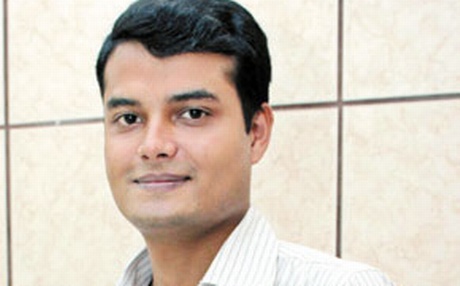
The Sangam-era Tamil classic, Kuruntokai, has now broken down yet another language barrier. Young Assamese poet Bijoy Sankar Barman, after a struggle of nine years, has managed to translate this classic anthology of 3rd Century Tamil poems to Assamese.
“Beautiful poems from Kuruntokai has enthralled me. I am happy that now our people can also taste the classical Tamil text,” Barman told Express on the sidelines of Northeast and Southern Young Writers’ Meet organised by Sahitya Akademi here on Saturday.
Barman, whose poems had been translated in many other languages, including Bengali, Hindi and Kannada, first came across A K Ramanujam’s English translation of Kuruntokai.
“When I read the poems, I was surprised to find the ecology, love and human relationship that was described in them, happened to be similar to ours,” said the 33-year-old writer, an employee of the postal department in Guwahati.
Since then, Barman began collecting more details about the Tamil classic.
While he depended mostly on Ramanujam’s translation work of Kuruntokai and other Tamil classics for understanding the Tamil literary tradition, he also read the Sahitya Akademi’s publication on ancient Indian literature.
“For the next nine years, I was re-reading the translations of Kuruntokai to understand the depths of the poems, the expressions of love, the emotions explained by the colours in the poems, before deciding to translate them,” said Barman, who already won the prestigious Munin Barkataki Award.
Currently pursuing a PhD on tribal myths of Assam, Barman feels that the Tamil folk tradition had a lot of similarities with Assamese.
“I am planning to read more classics in Tamil in the near future,” he said, adding that the government should take steps to translate southern Indian literary works to north-eastern languages as it would encourage more people in India towards cross-cultural studies.
Stressing similar points, Karabi Deka Hazarika, an eminent Assamese writer, addressing the writers at the meet, said, “Translation is the only means through which a glimpse of the literary merits of the writings of these areas can be brought within the comprehension of the readers of other linguistic groups.”
Readers of northeastern India had very little opportunity to taste the literary beauty of the writings in Tamil, Telugu, Kannada or Malayalam.
“In Assam, we have lots of translations from Bangla literature, which is an easy target for the translators. But, the same is not happening in the field of Tamil, Telegu or Malayalam literature,” she pointed out.
source: http://www.newindianexpress.com / The New Indian Express / Home> States> Tamil Nadu / by Gokul Vannan / ENS – Madurai / April 28th, 2013
